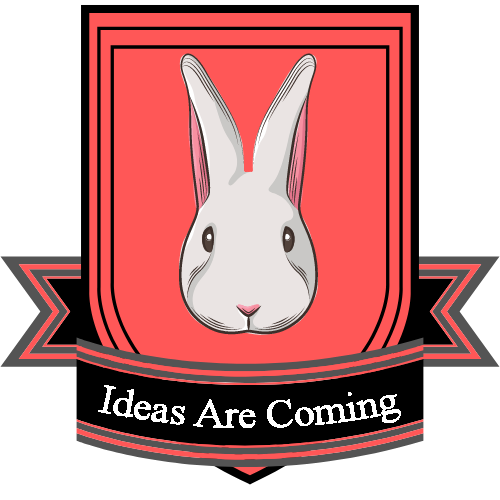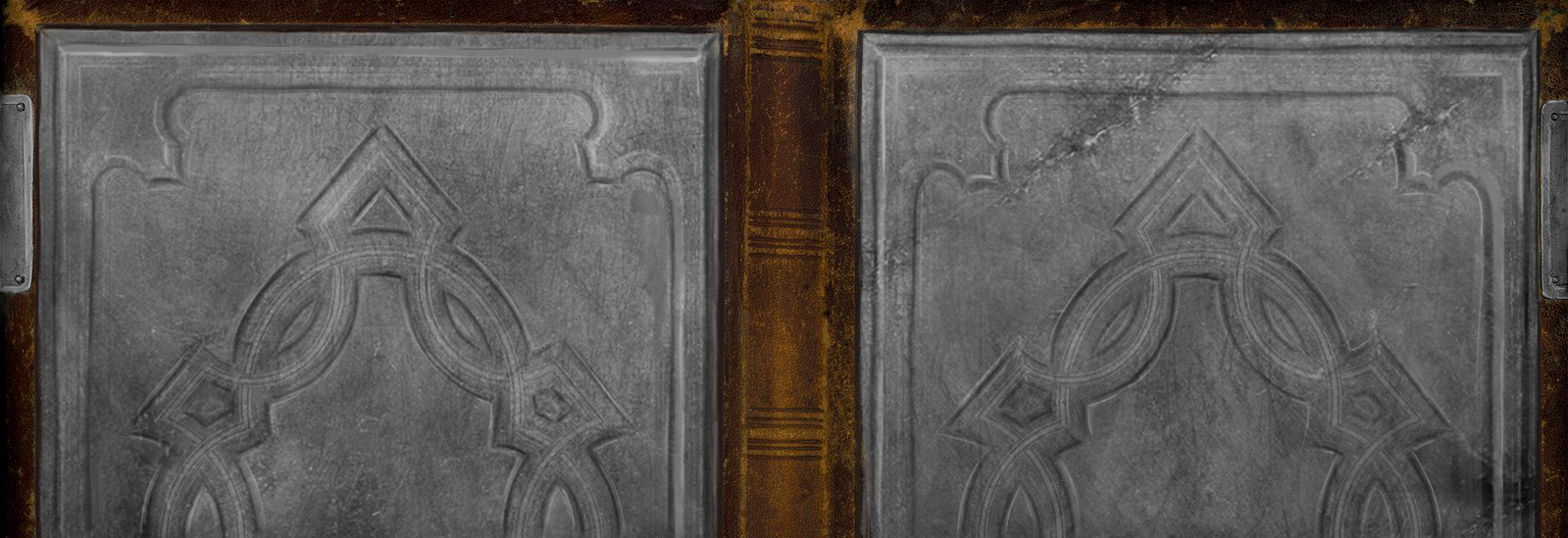The Great Houses
The Great Houses are a group of powerful Literomancer families, or literomancer collectives, who compete for The Iron Tome in order to defend it. Each of them has taken responsibility for the protection of a significant geographic area against magical threats, especially against the Undead Horde.
With the collapse of most of the world's major governments during the zombie apocalypse of The First Word War, they have also found themselves, in most cases, the de facto rulers of their Protectorates. Some have embraced that role, while others have tried to avoid the responsibility.
The Houses have formed a military alliance to protect each other, and the world and the populace of their Protectorates, from the Undead Horde. This alliance, sparked by the Grand Alliance that formed in The Second Word War is strong, but rivalries and political differences are common.
Structure
The Great Houses have formed a powerful military and political alliance in order to try to protect the world against magical threats, those who would use The Iron Tome to do harm, and the depredations of the Undead Horde. These Houses all maintain their independence -- and fiercely -- but they have agreed to put aside their differences when necessary for the greater good. Nominally, they take direction from the current holder of the Iron Tome, but that House Leader cannot expect to command obedience. There are also subtler forms of power at work within the Houses that exercise different kinds of influence, and these may shift and change as alliances do.
Still, the Houses are a proud folk, and they are always seeking to improve the standing of their Houses. Political maneuvering, intense rivalries, and jockeying for position are not at all uncommon. Competitions, even Tourneys, can get quite aggressive at times. Further, each House has their own ideals, identities, and philosophies, so when acting in the best interests of the Realm's protection, they may not all agree on what those best interests are. Even if they do, they may not agree on the best method to achieve them.
However, all the Houses take their duties as sworn Tome Knights very seriously. They usually find a way to make something work to serve the goal of protecting the Realm and guarding the Iron Tome.
There are currently seven Great Houses.
House Chiroptera
House Lapin
House Meles
House Mollusca
House Sauropoda
House Ailurus
House Avis
Major Houses
A Major House is a House with significant influence and power. Usually they can command the fealty of other, smaller Houses. They govern large Protectorates, both in population and in physical landmass, and are universally ancient Houses with a long history. There are currently five Major Houses:Minor Houses
A Minor House is still a Great House, but one with less power and influence than a Major House. They cannot command the fealty of smaller Houses. They often, but don't always, govern smaller Protectorates that have been ceded to them by one of the Major Houses. Minor Houses are occasionally elevated to Major House status, when a Major House falters or breaks up. There are currently two Minor Houses:Culture
House identity is very important in the mutual culture of the Great Houses. Most Tome Knights of the Houses wear their House colours proudly at official events, or otherwise pointedly display signs of their allegiances (such as manifesting rabbit ears in human form -- a common practice of House Lapin; or joking constantly about the traits thought to be inherent to their Houses.
Members of the Houses never speak poorly of their Houses. This is considered very bad form. They also tend to support their House members aggressively in any dispute, and are reluctant to accept that their House members may be guilty of mistakes or wrongdoing. It is also quite common to "beef" a little bit with the other Houses, perhaps teasing them gently about their shortcomings, bragging about their own House's capabilities as literomancers, or even engaging in aggressive personal or House rivalries, especially during Tourneys.
The rivalries are not dissimilar to that between allied militaries, or even branches within the same military force. They are all looking to one-up each other, but they all know they're mostly on the same side, and the teasing and beefing can never go so far that it will threaten their alliance.
The Houses look to their House Leaders to be embodiments of the values their Houses stand for. To some extent, the House Leaders become living banners that represent their Houses. Filkers within the Houses often write songs about them that celebrate, or gently tease, them (often both at once.)
Public Agenda
The Great Houses defend the Iron Tome and keep it out of the hands of the Undead Horde. By extension, they also keep it out of the hands of people who would use it irresponsibly or for nefarious reasons. They also fight the Undead Horde to protect the living people of the world from their predations as best they can.
Over the past few years, since the reawakening of the Iron Tome and the emergence of the Undead Horde in 2020, they have gathered resources and improved their strategies for how to accomplish this purpose. They have been given authority over their Protectorates to amass whatever resources, and demand whatever services they might require of the populace, to serve this purpose.
History
The Great Houses, for the most part, are ancient traditions and often, family lines, who have practiced the study of literomancy. In bygone eras, literomancy was more important, and more powerful, than in more recent eras. It is generally believed that literomancy declined in the late Middle Ages to the 17th century, suffering persecution at the hands of political leaders, pogroms, the Inquisition, ruinous taxation on their libraries, and finally, public loss of prestige in the Age of Enlightenment.
By 2020, when the Iron Tome awoke and the Undead Horde emerged, literomancers had a fraction of the power they once had, although some Houses continued to practice their craft in secret by tradition. While they descended from a royal legacy, most of them were working class or poor, struggling writers at the time. They suddenly found their magic to be much more effective -- and conspicuous -- than it had been their entire lives. Hobbyists with a niche interest they practiced at an annual contest, suddenly they found that the world was looking to them to defend them against the teeming mass of zombies, and while this was an impossible task, they were the only ones who had a chance at doing this at all.
At the end of the First Word War, with the Iron Tome successfully defended and locked safely in a vault at the bottom of Mollusca's Zafforza Trench, the Great Houses were asked to form new nations in the aftermath of the chaos. They rose to the challenge, and have been doing their best to rule their Protectorates and protect the world ever since.
Military
Between them, the Great Houses command a vast, interconnected military, something along the lines of NATO, and at the heart of it all are about 200-300 Tome Knight Literomancers. It is impossible for so few people, even wizards, to defend the whole world from a threat the size of the Undead Horde, but they do their best. Over time, they have developed ways to maximize the effectiveness of their magic, mostly in preparation and in targeting their efforts to specific situations when such a small number of mages can do the most good.
Central to this strategy is focusing on the Protectorates early in the process of a Tome War, protecting their people in the early stages of the conflict when the Undead are few, and then concentrating their efforts by banding together as the conflict wears on, and larger mobs of Undead, led by larger numbers of Tome Zombies must be confronted. This may be the origin of the fealty system that used to govern the process of fallen Houses supporting the ones who remain. The mutual system of backup and support that is followed now is a more modern reflection of that, which provides the same clear chain of command a military effort requires, but preserves more democratic values.
This article is a work in progress, and may be subject to changes.
This article is part of a series related to streaming the Game of Tomes. For more information, see Streaming Game of Tomes.
Type
Alliance, Military
Alternative Names
Tome Knights
Predecessor Organization
Training Level
Trained
Veterancy Level
Veteran
Leader
Power Structure
Transnational government
Economic System
Mixed economy
Related Ranks & Titles
Organization Vehicles
Related Ethnicities

House Ailurus by Misades

House Avis by Misades

House Chiroptera by Dani Adventures

House Lapin by Dani Adventures

House Meles by Dani Adventures

House Mollusca by Dani Adventures

House Sauropoda by DaniAdventures/ShyRedFox





Comments